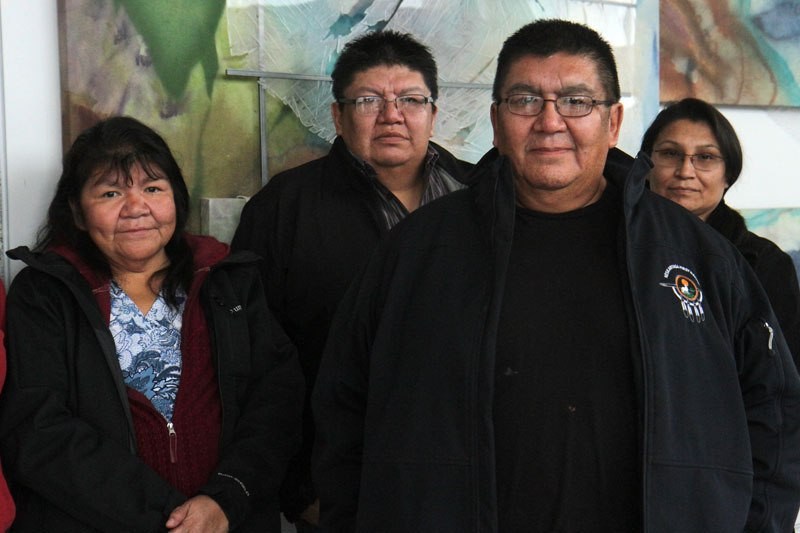The death of Bruce Moonias has been ruled suicide.
The jury in the inquest into the 27-year-old Neskantaga First Nation man's death returned Wednesday afternoon with a verdict whether Moonias' death was suicide or accidental. Along with that verdict, the jury returned with 23 recommendations.
Moonias died in the early morning hours of Dec. 11, 2006 in Thunder Bay hospital from complications relating to a self-inflicted gunshot wound to his abdomen.
The inquest jury heard how the victim was involved in a standoff with police late in the evening on Dec. 9 at his Neskantaga home, but police did not remove Moonias from his home until nearly 19 hours after he had shot himself.
He was then airlifted to Thunder Bay where he died during surgery.
The jury considered a joint slate of 21 recommendations from the six parties with standing and returned with 23.
Some recommendations made to the Ministry of Health and Long-Term Care and Health Canada include: developing a protocol for follow up when appointments are missed with specialists like psychiatrists; promoting the use of tele-psychiatry in remote First Nations; reducing stigmatization in remote communities by promoting mental health awareness and incorporating cultural practices into mental health and addictions programming.
The jury also recommended Nishnawbe-Aski Police Service and OPP implement joint training between both agencies' emergency response teams and the OPP look for ways to improve response times to remote First Nations.
NAPS emergency response team should also be equipped with loud hailers and throw phones to use in hostage and barricaded person situations and NAPS should try to train and maintain a paramedic skill set within their emergency response team.
It was also recommended Nishnawbe-Aski Nation look into affordable safe storage of firearms in northern First Nation communities.
Moonias' father Stanley said it was hard to listen to the testimony over the last couple of weeks and hear about how his son died and his life in the community.
"I run into a lot of mixed emotions. I feel hurt, shame, guilt, all those kinds of feelings. It reflects my personal life, too, because I wasn't there for him when he was growing up...I was dealing with my alcohol issues during the time and I wasn’t there," said Stanley Moonias, who has been sober for 14 years.
Stanley Moonias' counsel Christa Big Canoe said he was satisfied with the recommendations that were covered in the joint slate, particularly the ones about mental health and wellness.
The fact that six lawyers with different interests came together and agreed on so many recommendations is unusual and the jury took account of that, said Big Canoe.
"I think it took a lot of negotiation, discussion and meaningful thought and I think all counsel took the opportunity to look at the circumstances of Bruce's death and say 'what type of recommendations will truly help?' and I believe the jury did the same," she said.
Coroner's council Leonard Kim was also satisfied with the verdict and said it was clear the jurors were careful in their consideration of the evidence.
"The end result is 23 recommendations that I think make sense considering the evidence and hopefully will be reviewed carefully by the various bodies with the view to learning from this experience and hopefully preventing deaths such as this," Kim said.
